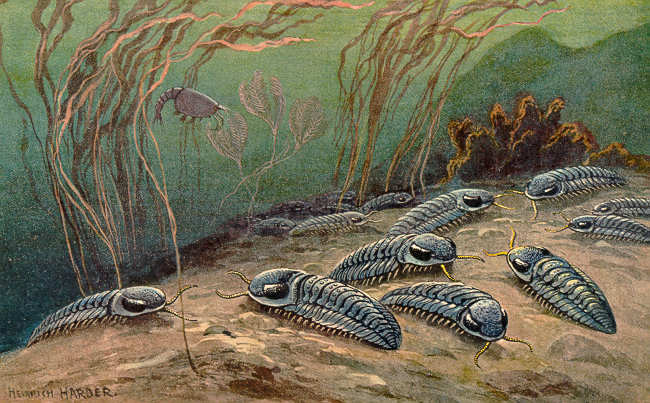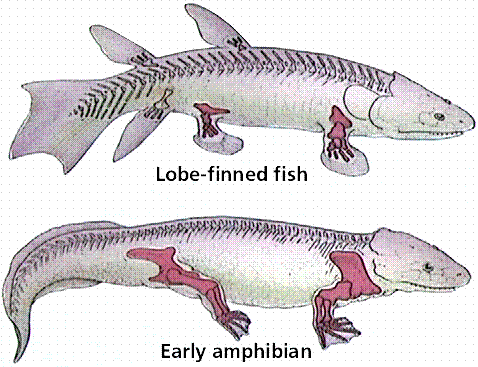Gregor
Johann Mendel, an Austrian monk, discovered the laws of inheritance. Mendel was
born the 22nd July 1822 in Hynice, Czechia. He was a scientist,
teacher and monk. Gregor Mendel’s parents were farmers and growing up on a farm
Mendel became highly interested in gardening.
Seeing
Mendel’s obvious talent his parents struggled to pay his tuition to high school
and, later, the Olmutz Philosophical Institute. Unfortunately, they were unable
to pay his university fees so instead he joined Augustinian monastery teaching
part time at a high school. In order to teach full time Mendel was required to
sit exams which he failed on two occasions. Gregor Mendel was also assigned to
work as a chaplain for a hospital; he found it infuriating and far too
difficult and later decided to resign to the monastery where he had taken to tending
the garden.
Another
reason he chose to join the monastery is due to his financial troubles, joining
meant that he could carry on his studies without having to worry about cost. He
later proceeded to the University of Vienna where he chose to study physics,
botany and chemistry. After finishing university he returned to the monastery
and became a teacher of natural sciences at the Technical School at Brno.
In the 1856
Gregor Mendel, began to experiment with peas, his main purpose of his
investigation was to develop an understanding of how any organism passes
physical characteristics or traits from one generation to the next.
Gregor Mendel’s Experiments
Mendel
focused on certain traits of the pea plant, such as height, colour of seeds and
the shape of the pea seeds. He carefully organised which plants cross
pollinated in order to track which characteristics were passed between
generations. To cross pollinate Gregor Mendel took the pollen from one pea
plant and placed it onto another which he had selected.
For
Mendel’s first experiment he took the pollen from one short stemmed pea plant
and placed it on another selected short stemmed plant; the outcome was as
expected, the offspring were all short stemmed pea plants. Mendel called these
“true breeders”; the term was given because all of the offspring were the same
as the previous generation.
For his
second experiment, he completed the same experiment but with long stemmed pea
plants. Taking the pollination of one long stemmed plant and placing it on
another, like most people Mendel believed the result would be long stemmed pea
plant offspring, but, he was wrong. Some of the offspring were tall, however
some of the offspring were short stemmed.
After
completing more experiments Gregor Mendel eventually discovered some tall
stemmed are “true breeders” producing only tall offspring, while others were
not “true breeders” as they produced mixed height offspring.
To develop
his understanding further Mendel began more experiments taking pollen from tall
stemmed pea plants (true breeds) and pollinating short stemmed plants (also
true breeds). He did this in order to find out which trait would be passed onto
the next generation. Surprisingly thought he result of the offspring were all
tall stemmed pea plants, he called this generation the F1 generation.
The short
stem trait appeared to have disappeared. Mendel then proceeded to cross
pollinate the F1 generation with other pea plants in the same F1 generation, by
doing this the short stemmed pea plant trait reappeared creating some short
offspring.
Gregor Mendel’s Discovery
By doing
this Gregor Mendel discovered that every plant has two genes for each trait not
one. This meant that “true breed” short stem plants have two short genes where
as a “true breed” long stem plant has two long genes and cross pollinated short
and long stem pea plants produce offspring with one long and one short gene.
Later
Mendel discovered that some genes are more dominant than others. When there are
two mixed genes (long and short) the most dominant gene will determine how the
plant will grow. The gene which is not dominant is known as recessive. In pea
plants the dominant gene is the tall gene or trait, while the short gene is
recessive. Although the offspring may have been a tall stemmed pea plant it can
still carry the short recessive gene which may appear in future offspring.
Gregor Mendel’s Hypothesis
Gregor
Mendel then later went on to develop a hypothesis about inheritance and how
genes are passed from one generation to the next. The hypothesis which is still
used today by scientist states that a pea plant or any other organism has two
genes for each trait, creating a gene pair.
During
any reproduction process, each parent can only pass on one gene from each trait
or gene pair to their offspring. This therefore means that the offspring will
inherit one gene from each parent creating a new gene pair.
Gregor Mendel’s Gene Codes
When
writing gene pairs scientists use a mixture of uppercase and lowercase letters
(TT), (Tt), (tt). Capital letters represent the dominant genes while the
lowercase letters represent the recessive gene.
In Mendel’s
experiments with pea plants he coded the “true breed” tall stem pea plants as
(TT), this indicates that the gene pair for the height trait are both dominant
tall genes, while the code for “true breed” short stem plants is (tt)
indicating that the height trait is composed of two recessive short genes.
When cross
pollinating a short and a tall stem plant; the result would be (Tt); one tall
dominant gene with one short recessive gene. He then later cross pollinated two
(Tt) plants, this produced mixed results, and some plants received both (TT)
and both (tt) genes, while others still came out with (Tt). All plants with
combinations (TT), (Tt) or (tT) were tall as (T) (the tall gene) is the most
dominant gene.
From this
Mendel was able to work out the chances of having a small stemmed plant when
cross pollinating two (Tt) pea plants. The results were three out of four or
75% chance that the offspring will be tall and one out of four chances or 25%
chance of the offspring being short.
Dominant and Recessive
Nearly
all gene pairs have a dominant gene and a recessive gene; however this is not
always the case. Instead of one gene dominating another, it is highly possible
for genes to produce mixed result. For example Four o'clock flower. When you
mix a red (RR) flower with a white (WW) flower, the result is (RW), however,
the flower is neither the red or white, there is no dominant gene. The result
is a mixed pink flower.
Before
passing away on January the 6Th 1884, wrote “I am convinced that it
will not be long before the whole world acknowledges the results of my work”;
which as he predicted was true, his discovery was rediscovered thirty-five
years later creating a foundation for modern genetics.

















